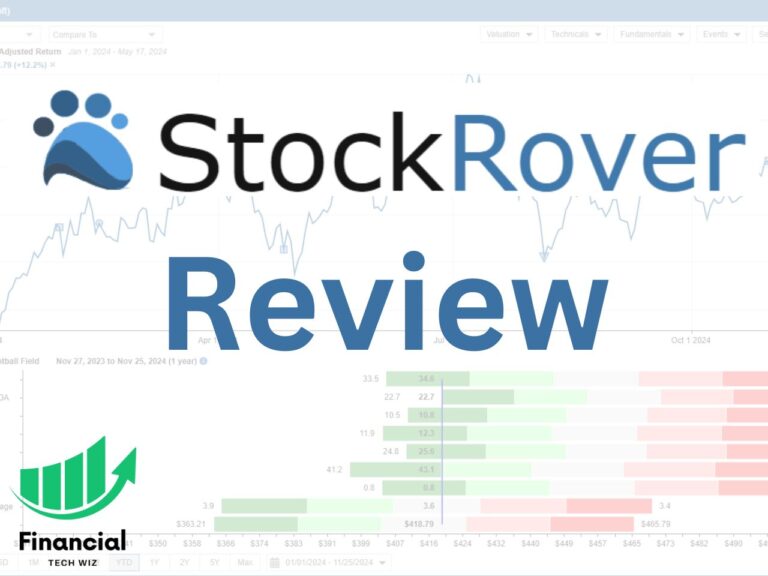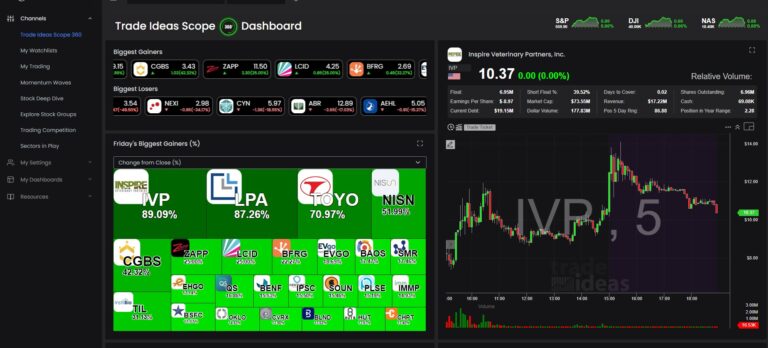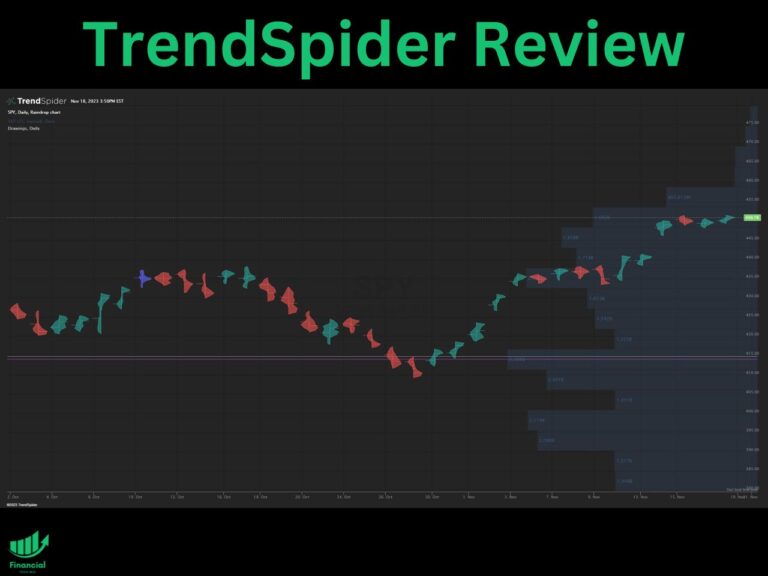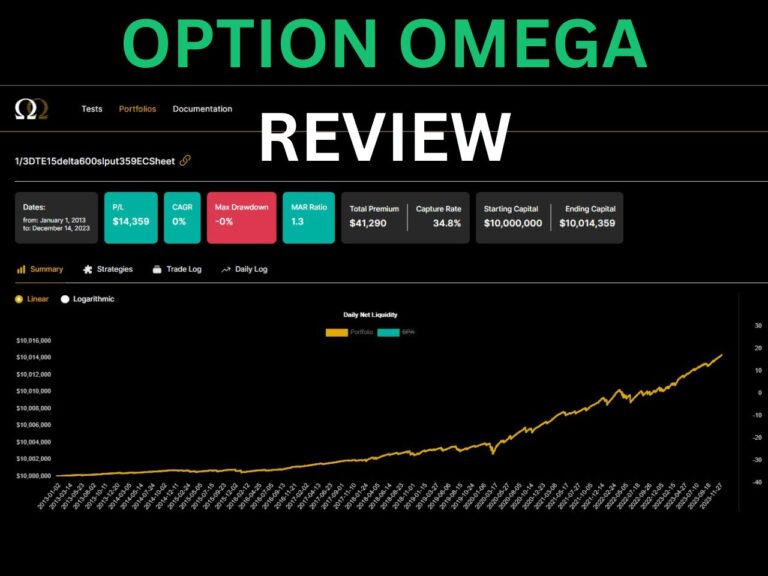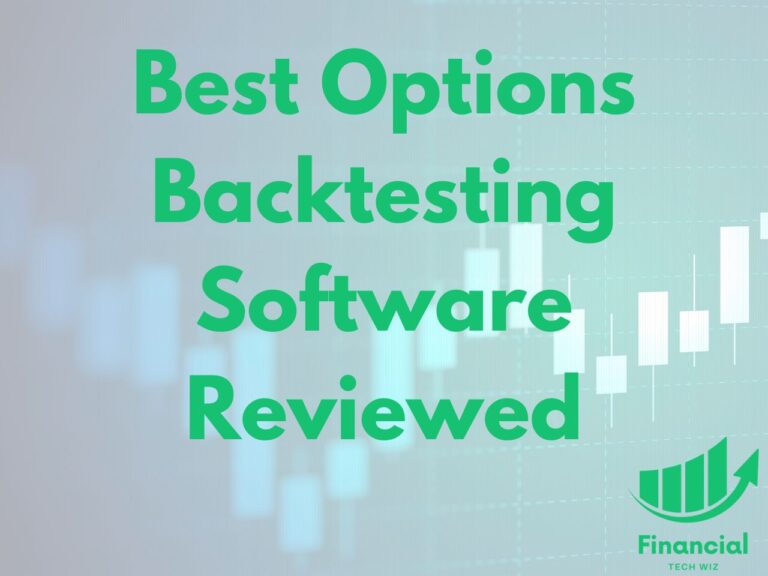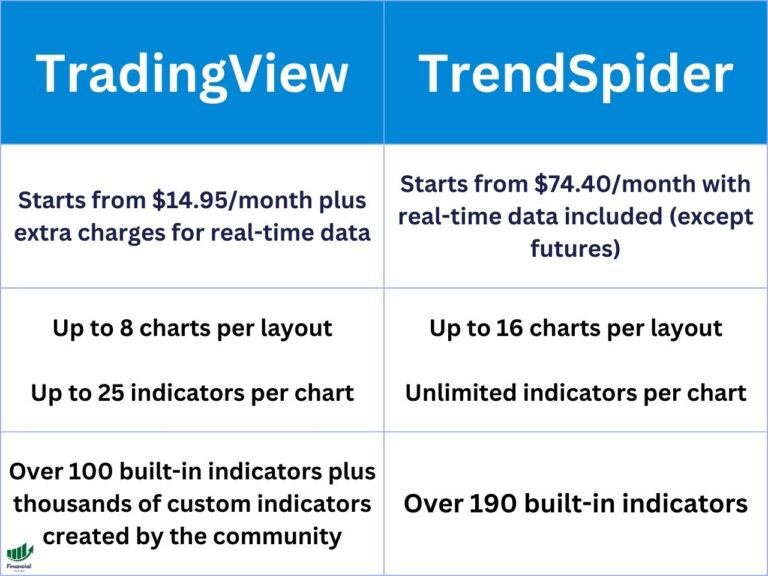FXAIX vs. SCHD – Which is Best For You?
Choosing between FXAIX and SCHD comes down to your investment goals—whether you’re focused on growth through broad market exposure or income through dividends. In this article, we break down the key characteristics, performance metrics, and structural differences between these two popular funds to help you make a more informed decision.
FXAIX vs. SCHD Key Characteristics
Here’s a side-by-side comparison of the key metrics for both funds:
| Metrics | FXAIX | SCHD |
|---|---|---|
| Expense Ratio | 0.02% | 0.06% |
| Dividend Yield | 1.70% | 4.11% |
| Number of Holdings | 506 | 104 |
To compare performance visually, use the TradingView chart below. Click the “ADJ” button at the bottom right of the chart to adjust prices for dividends.
Fund Overview
What Is FXAIX?
FXAIX is the Fidelity 500 Index Fund, a passively managed mutual fund designed to mirror the performance of the S&P 500 Index. It provides exposure to 500 of the largest U.S. companies across all major sectors and is considered a core holding for investors seeking long-term market growth through large-cap U.S. equities.
- Fund Type: Mutual Fund
- Index Tracked: S&P 500
- Investment Style: Large-cap blend
What Is SCHD?
SCHD is the Schwab U.S. Dividend Equity ETF, an exchange-traded fund that tracks the Dow Jones U.S. Dividend 100 Index. This index screens U.S. companies for quality and sustainability of dividends, favoring businesses with a strong history of consistent payouts.
- Investment Style: Large-cap value / dividend-focused
- Fund Type: ETF
- Index Tracked: Dow Jones U.S. Dividend 100
Performance Comparison of FXAIX vs. SCHD
When comparing investment funds, it’s essential to evaluate total return, which includes both price appreciation and dividends. While FXAIX and SCHD both offer exposure to large-cap U.S. equities, their strategies lead to different return profiles over time.
- FXAIX mirrors the S&P 500, which is heavily influenced by growth-oriented mega-cap companies. This can lead to strong capital appreciation during bull markets.
- SCHD, on the other hand, emphasizes dividend-paying stocks with strong fundamentals. Its performance tends to be more stable, with a greater focus on income generation.
To view the latest performance trends, use the TradingView chart at the top of this page. Make sure to enable the “ADJ” setting to account for dividends when comparing total returns.
Dividend Yield Comparison
Dividend yield reflects how much a fund pays out in dividends relative to its price.
- FXAIX: 1.70%
- SCHD: 4.11%
SCHD is designed to prioritize income generation, making it more appealing to dividend-focused investors or those seeking passive income.
Expense Ratios
Lower expense ratios help preserve your returns over time.
- FXAIX: 0.02%
- SCHD: 0.06%
Both funds are low-cost, but FXAIX has the edge with one of the lowest expense ratios in the industry.
Portfolio Holdings
Understanding what you’re investing in is essential.
SCHD holds 104 dividend-paying stocks, with a focus on companies with sustainable payout ratios, strong fundamentals, and high yields. Its portfolio is more concentrated and value-oriented.
FXAIX holds over 500 large-cap U.S. stocks, mirroring the composition of the S&P 500. Top holdings include Apple, Microsoft, Amazon, and other market leaders.
Mutual Fund vs. ETF: Key Differences
While both FXAIX and SCHD are passive index-based investments, their structures differ:
| Feature | Mutual Fund (FXAIX) | ETF (SCHD) |
|---|---|---|
| Tradability | Priced once daily after market close | Trades like a stock during market hours |
| Minimum Investment | May require a minimum (varies by broker) | Typically the price of one share |
| Tax Efficiency | Generally less tax-efficient | More tax-efficient due to structure |
| Automatic Investing | Often supported by brokers | May not be available |
Pros and Cons
Mutual Funds (FXAIX)
- ✔️ Convenient for automatic investing
- ✔️ Ideal for long-term investors
- ❌ Priced only once per day
- ❌ Less tax-efficient
ETFs (SCHD)
- ✔️ Traded throughout the day
- ✔️ Generally more tax-efficient
- ❌ May incur bid-ask spreads
- ❌ Not all brokers support automatic investing
Final Thoughts: FXAIX vs. SCHD
FXAIX and SCHD are both strong investment vehicles, but they serve different purposes:
- Choose FXAIX if your goal is broad market exposure with a focus on long-term growth.
- Choose SCHD if you prioritize dividend income and value-oriented investing.
Rather than choosing one over the other, some investors may consider holding both to diversify across growth and income strategies.
Other ETF Comparisons
– Free trading journal template & cheat sheet PDFs
– Access our custom scanners and watchlists
– Access our free trading course and community!

